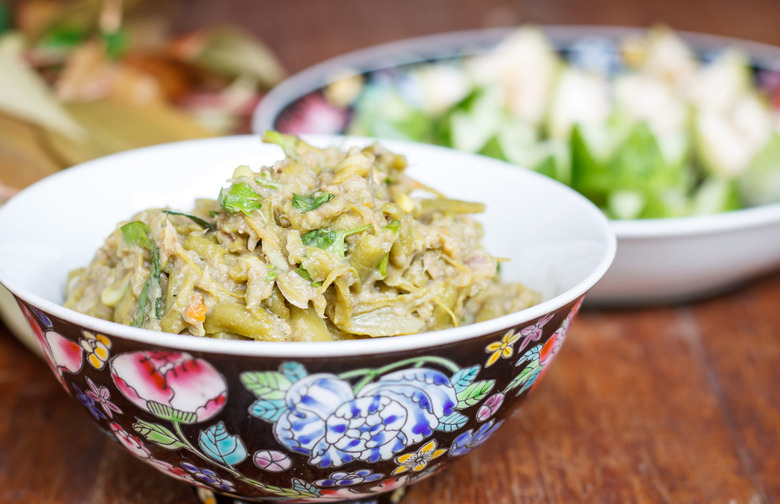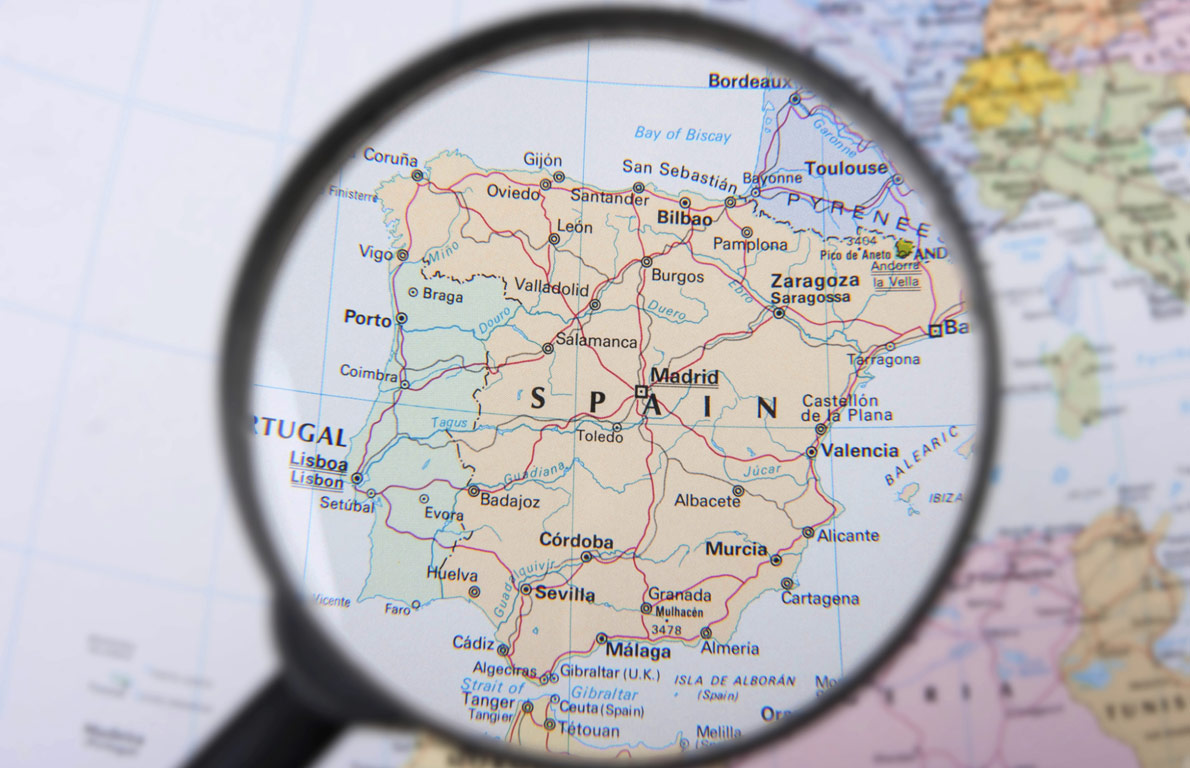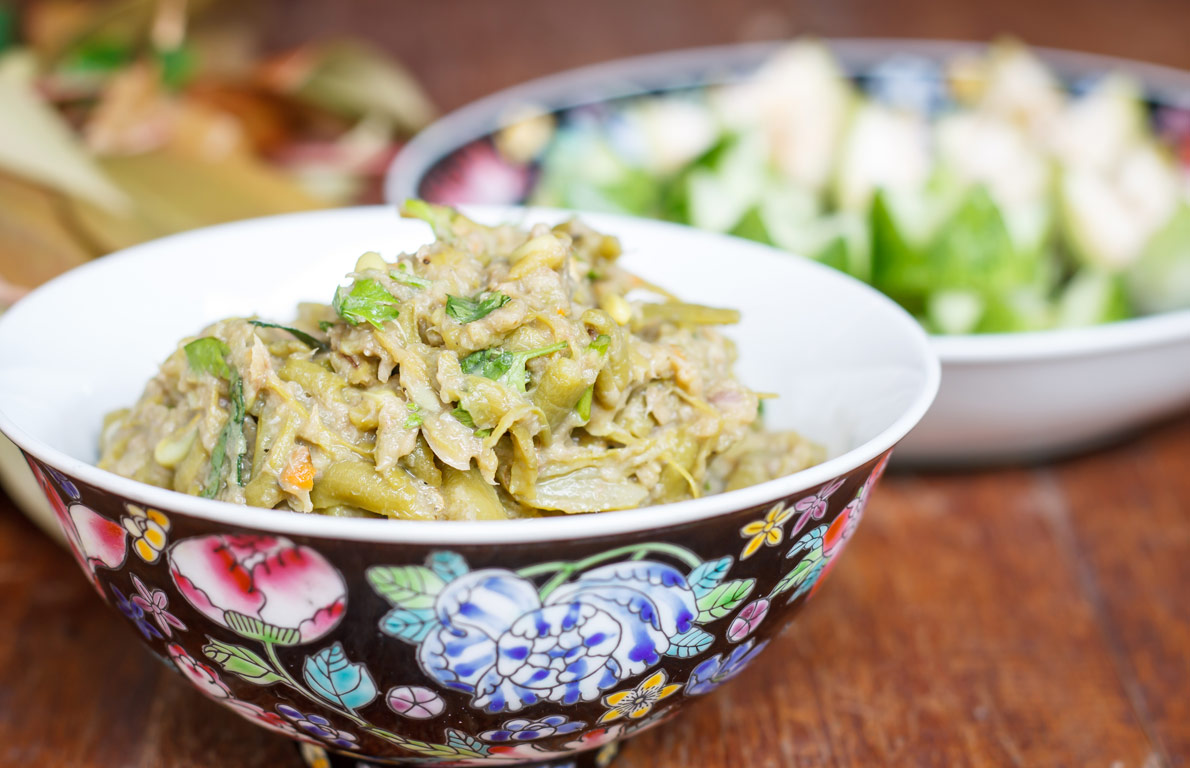From Grilled Cheese To Boiled Snake: 10 Steps To Adventurous Eating
Eating is a necessary part of everyday life, but its importance magnifies tenfold when traveling. Finding sustenance and discovering local dishes when on the road can be exciting, but it can also be intimidating at times, even for the most courageous of palates.
From Grilled Cheese to Boiled Snake: 10 Steps to Adventurous Eating (Slideshow)
Think about it: You happen upon a street food market ripe with stalls and vendors cooking up barely identifiable meat skewers. You could find yourself in a restaurant with a menu that lacks an English translation, relying on gestures and sounds (oink oink!) to help you choose your meal. Do you take the plunge and go for it, or do you search endlessly until you see a grilled cheese on the menu?
Many travelers wish to enjoy and experience different cultures, especially a country's beloved food scene, but how wide is your culinary comfort zone? As a culinary junkie and eating enthusiast, I had to be led gently down that pungent path to explore the wonder of things like stinky cheeses and fish eggs, but I've never looked back.
Broadening your culinary horizons and becoming an adventurous eater when traveling not only increases your enjoyment of a country's food scene but helps you establish a connection with the local culture, too. Communication can be difficult with those who don't speak the same language you do, while sharing a meal together takes no words but speaks volumes.
"When you try someone's food, you make an instant connection," says bilingual writer, photographer, and adventurous eater Julie Schwietert Collazo, founder of the Collazo Projects travel blog. "And that connection can be a door that opens into so many other aspects of culture and experience."
Being an adventurous eater isn't always an easy task. Everyone has reasons for erring on the side of culinary caution, from food allergies, diet plans, or tight budget to the sheer fear of that mystery meat floating in your soup. Even Jodi Ettenberg, founder the Legal Nomads blog and now Vietnamese street food guru, can relate, as she grew up with serious aversions to the simplest of foods from bananas and yogurt to nuts and peas.
"If you had told me years ago that I would be writing about what I eat I would have laughed. But traveling through the dishes that I find and the history and anthropology that accompanies them has been an incredibly rewarding process," Ettenburg says.
The Daily Meal spoke with four experts, including Collazo and Ettenberg, about how to keep your heart from palpitating and your palms from sweating at the thought of digging your fork into a plate of guinea pig or some boiled snake. Here are their tips on delving into world of adventurous eating and joining the palate party wherever you might be headed next — a guide to ditching your food phobias and becoming an adventurous eater, one plate at a time.
Research Your Regions
It seems obvious, but it's absolutely essential to do a bit of research before hitting the road. In Spain, for example, there are 17 distinct regions, all with different local delicacies and specialties. When you are in landlocked in the central Pyrenees, , it might be best to hold off on that seafood dish until you find yourself "Basqueing" in the sun in seafood hot spot San Sebastian or on the Mediterranean coastal waters of Catalonia. Research your region and learn about the food that might be on the menu wherever you're traveling.
Go Local
Writer, editor, designer, and eating enthusiast Kirsten Schofield and founder of the Chonderlust blog suggests going to your favorite local enthnic restaurant and chucking your usual dish for something a bit more daring to "stretch yourself a little bit at time." So, next time instead of ordering your usual beef tacos try the carnitas. Schofield stresses that the confidence you gain from having one big success under your belt will make it easier to branch out to bigger and bolder eats in the future.


